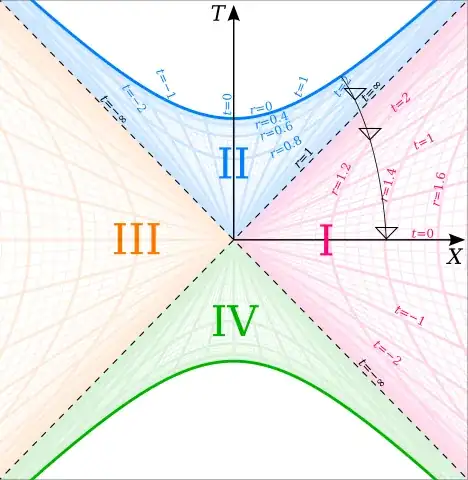Here's a picture of Kruskal-Szekeres and Schwarzschild coordinates, with the angular coordinates suppressed. The $X$ and $T$ axes are the Kruskal coordinates, while the curves labeled with values of $r$ and $t$ are the Schwarzschild coordinates. Note that the units are $r_s=1$.

There are two problems with Schwarzschild coordinates. First, they don't cover the regions labeled III (the "second universe" on the other side of the wormhole) or IV (the white hole). This is rarely a problem since those regions don't exist in black holes that form in the normal way from collapsing matter. The second, somewhat more serious problem is that they don't cover the event horizon between regions I and II. In this image, the boundary is labeled $r=1$ ($r=r_s$) and $t=\infty$, but in reality there are no values of $r$ and $t$ that map to points on that dotted line.
Ingoing Eddington-Finkelstein coordinates cover regions I and II and the event horizon between them, which solves the second problem but not the first. There are variants of Schwarzschild and Eddington-Finkelstein coordinates that cover any two adjacent regions, but if you want to cover all four regions at once, you need Kruskal-Szekeres coordinates.
So we have removed the singularity at $r=r_s$, does this means there is no event horizon for the Schwarzschild black hole?
No. There is, objectively, an event horizon. But $r=r_s$ in Schwarzschild coordinates is not the event horizon, it's a coordinate singularity. $r=r_s$ in Eddington-Finkelstein coordinates is the event horizon. (In Kruskal-Szekeres coordinates, the event horizon is $T=X>0$.)
What does increasing time means decreasing radius for $r<rs$ ingoing null rays means?
In region II, there are no null geodesics that hover at a fixed radius or reach larger radii at later times. This is a coordinate-independent fact if you use symmetry properties of the space to define the radius.
